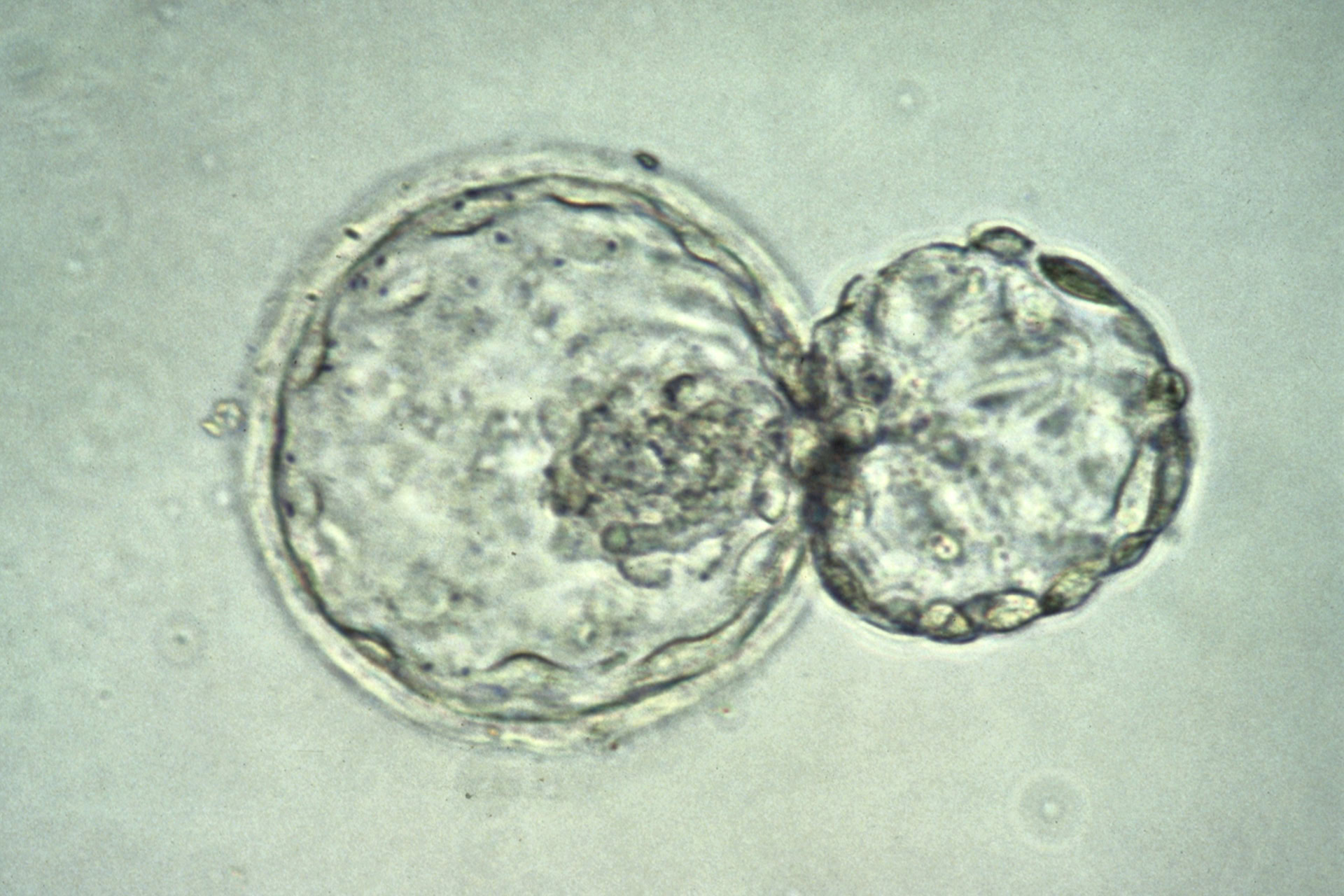The US National Institutes of Health (NIH) has approved the first human embryonic stem cell (ES cell) line from the George W Bush era, according to Nature News. It will be included on the National Stem Cell Registry (NSCR), ensuring its eligibility for federal funding.
Since President Obama's reversal of his predecessor's restrictive policy vis-Ã -vis research involving ES cells, the fate of 21 stem cell lines approved under the Bush regime has been uncertain. The NIH's release last summer of new ethical guidelines for federal funding of ES research added to these doubts, the Nature report suggests. Scientists were unsure whether they could continue research on these cell lines.
The Bush-approved H1 stem-cell line, as it is known, was submitted for NIH approval by the WiCell Research Institute in Madison, Wisconsin. On 22 January 2009, the advisory committee to the Director of the NIH recommended that the H1 line be included on the NSCR, and it was then officially added to the registry. 'We are extremely pleased H1 will continue to be eligible for government funding so that the hundreds of scientists, who have built their research upon its use, can continue their work and discoveries without disruption', said Erik Forsberg, Executive Director of WiCell in a press release.
The H1 line was derived in 1998 by James Thomson, Director of Regenerative Biology at the Morgridge Institute for Research and Professor of Anatomy at the University of Wisconsin-Madison. It is among the most widely-used cell lines in the world, and cited in 60.9 per cent of the published literature on ES cell research, according to a Nature Biotechnology survey.
NIH regulations permit human stem cells to be combined with the cells of non-primate animals. But researchers using the H1 cells are prohibited from mixing them with cells from human or animal embryos, according to the wishes of the H1 line's donors. These limitations have precedent. According to The Scientist, 27 lines from Harvard University were approved in December provided they were only used for diabetes-related pancreatic research.
Francis Collins, Director of the NIH, reportedly said this approach would become the 'general policy' of the NIH and that research 'should honor the exact wording [regarding the use of the donated embryos] as written in the informed consent forms'. The exact language of the consent forms will be posted on the NSCR.
WiCell now plans to submit the H9 stem-cell line, along with three other lines, for inclusion on the NSCR. According to a University of Wisconsin-Madison press release, the H9 line was derived in 1998, also by Thomson, and is cited in 83 per cent of published stem-cell research papers. At present there are 42 stem-cell lines on the NSCR.





Leave a Reply
You must be logged in to post a comment.